Guide to Home Window Replacement
Windows do more than let in sunshine and fresh air—they help keep your home comfortable, safe, and looking its best. But as years pass, frames can warp, seals can crack, and old panes can let drafts in, which means repair or replacement might be on the horizon. This guide will walk you through everything you need to know so you can choose the right fixes (or new windows) for your home, keeping it cozy, secure, and stylish for years to come.
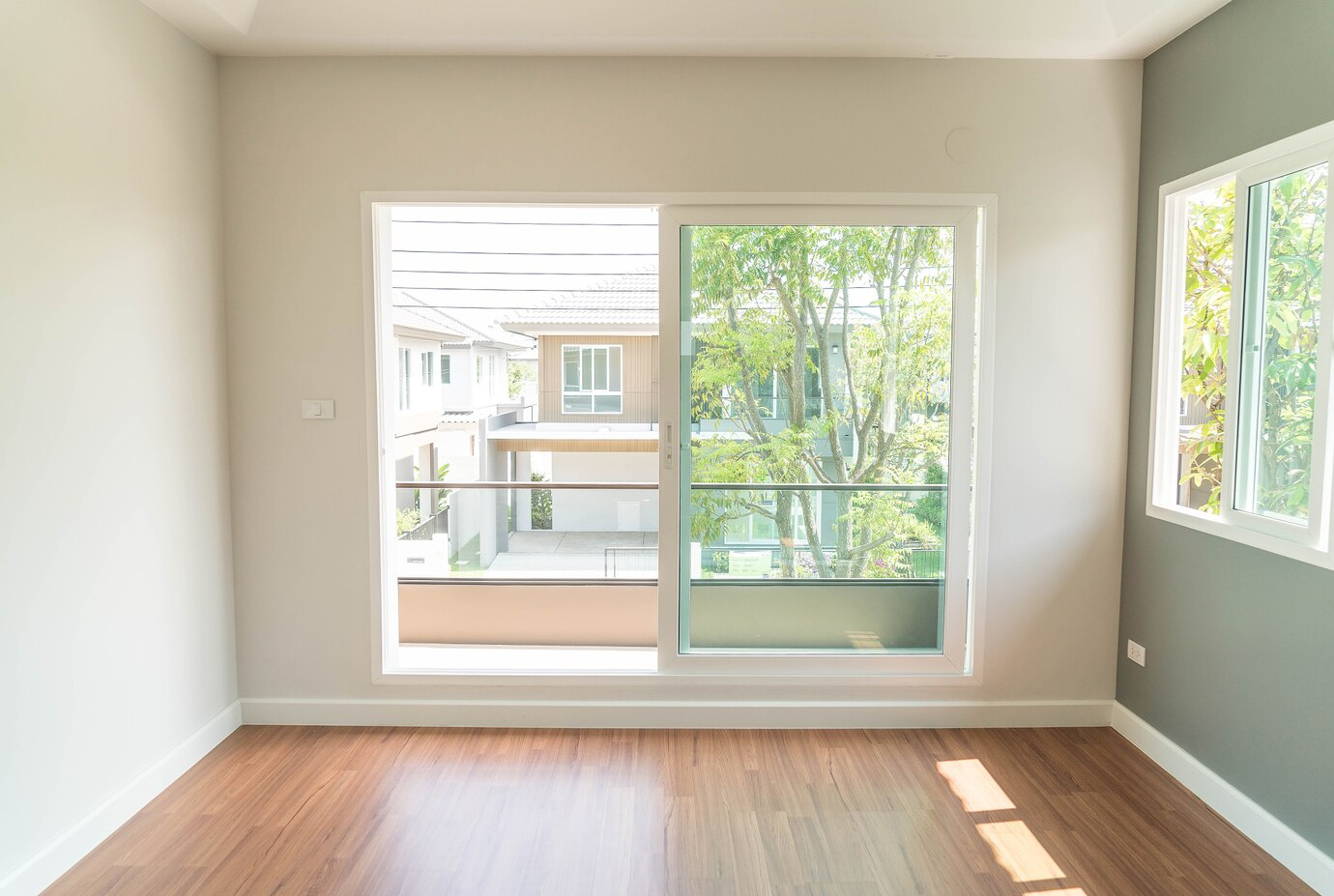
What Are Replacement Windows?
“Replacement windows” just means putting in brand-new windows where your old ones are. They fit right into the same openings—no need to tear off siding or change your walls like you would with new construction windows.
Here’s what they include:
- Glass: You can pick double- or triple-pane for better insulation. Sometimes you even have the option to swap out just the glass, not the whole window.
- Frame: The part that holds the glass comes in lots of colors and materials—vinyl, wood, fiberglass, aluminum, and more.
- Screens: Want fresh air without bugs? You can add screens on the outside of your windows.
- Hardware: This is the locks, handles, and opening mechanisms you need to swing or slide your windows open and closed.
That’s it—new windows, same opening, and all the parts you need to stay comfy and bug-free.
Frequently Asked Questions
How long does it take to replace a window? +
Do replacement windows come with a warranty? +
How Windows Affect Your Home
Windows do more than just let in light — they play a key role in your home’s overall structure. In fact, the U.S. Department of Energy estimates that about 30% of the energy used to heat and cool your home escapes through windows. When your windows are working well, they help keep your home insulated, secure, and looking good. But when they're damaged or outdated, it can cause problems:
- Energy Loss: Gaps, drafts, and single-pane windows let heat escape in the winter and let it in during the summer, increasing energy costs.
- Comfort Issues: Poor insulation can lead to hot or cold spots in certain rooms.
- Security Risks: Broken locks or damaged frames can make your home less safe.
- Lower Home Value: Old, inefficient windows can turn away potential buyers.
Frequently Asked Questions
What happens if I don’t replace damaged windows? +
Are repaired windows as efficient as new ones? +
What Are the Different Types of Windows?
Choosing the right window style is important for balancing how they work, look, and fit your space. There are over 20 different window types, including ones that open, ones that stay fixed, and styles designed for larger or smaller spaces. Here’s a look at some of the most common types of windows found in homes across the U.S.:
| Window Type | Average Cost Range per Window |
|---|---|
| Single-Hung | $200–$600 |
| Double-Hung | $300–$800 |
| Casement | $300–$1,000 |
| Bay | $900–$5,000+ |
| Sliding | $250–$800 |
| Awning | $350–$1,200 |
| Picture | $400–$2,000 |
- Single-Hung & Double-Hung Windows: These classic windows are budget-friendly and work in most homes. With single-hung, only the bottom panel slides up. Double-hung lets you slide both the top and bottom panels up or down for extra airflow.
- Casement Windows: Hinged on one side and opened with a crank, casement windows swing out like a door. You get great fresh air and an unobstructed view since there’s no rail in the middle.
- Bay & Bow Windows: Bay and bow windows jut out from your house, creating a little shelf or nook inside and giving you a panoramic view. They’re stunning in living rooms or breakfast areas—but more expensive because they’re really several windows joined together.
- Sliding Windows: These windows slide open side-to-side on a track, making them perfect for wide openings or modern home styles. They’re easy to use and let in plenty of breeze.
- Awning Windows: Similar to casements, awning windows crank open—but they’re hinged at the top, so they open out and up. That “awning” shape keeps rain out while you still get airflow.
- Picture Windows: If you want max light and a clear view, picture windows are large, fixed panes with no moving parts. They make great focal points in living rooms or home offices—but since they don’t open, they don’t meet bedroom escape requirements on their own.
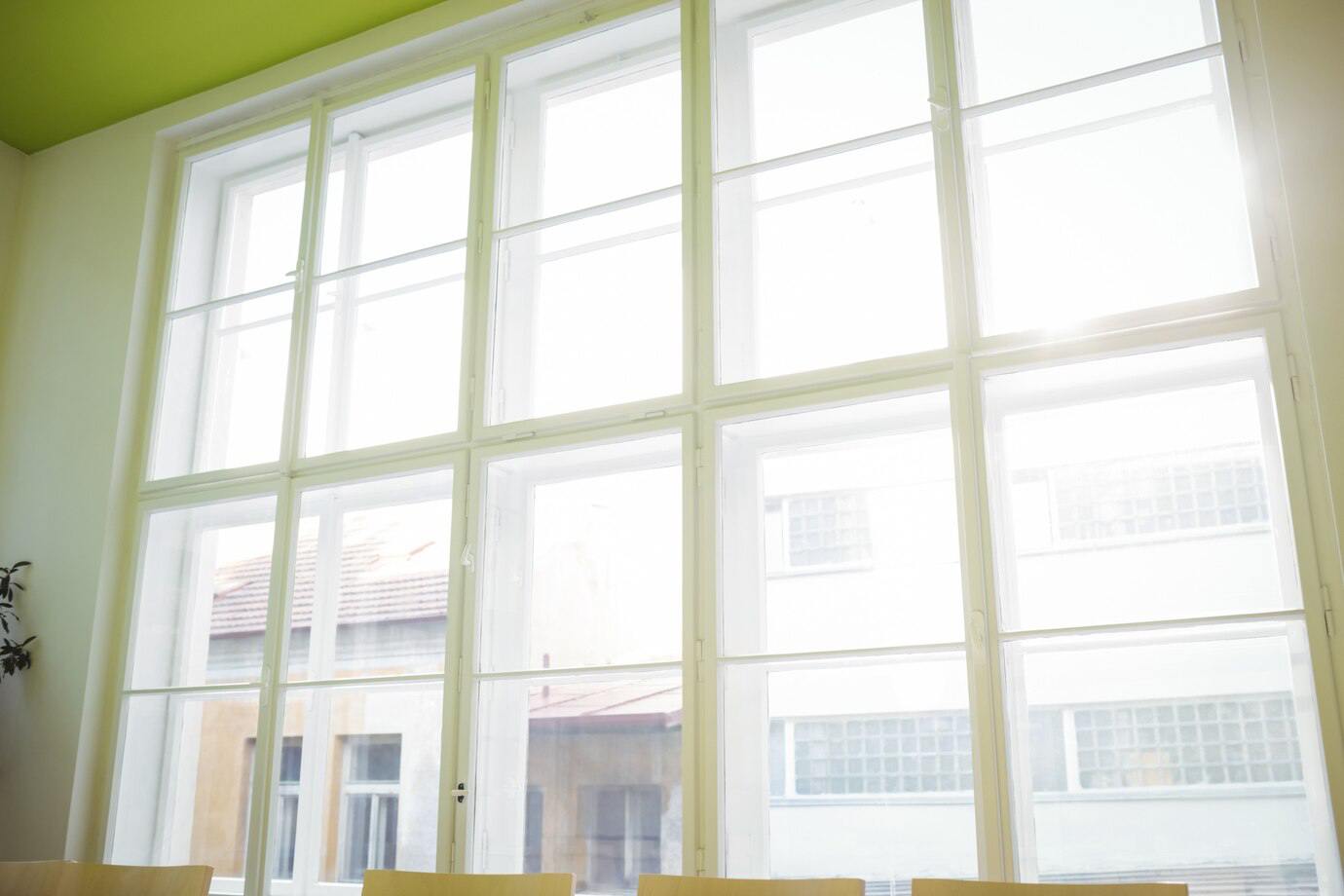
Frequently Asked Questions
What type of window is best for saving energy? +
Which window type costs the least? +
Types of Window Frames
The kind of frame you choose affects how long your windows last, how they look, and how well they work. Here are the most common materials used for window frames:
| Frame Material | Average Cost per Window |
|---|---|
| Vinyl | $250–$800 |
| Wood | $400–$1,500 |
| Aluminum | $300–$1,000 |
| Fiberglass | $500–$1,500 |
| Clad Wood | $600–$2,000 |
- Vinyl: Vinyl window frames are the most common in the U.S. because they’re affordable, easy to take care of, and resist moisture and bugs. They come in different colors, but you can’t customize them as much as wood.
- Wood: Wood frames have a classic, natural look and are great at keeping heat in. But they need regular upkeep to avoid issues like rot or warping, and they usually cost more.
- Aluminum: These frames are strong, lightweight, and have a modern feel. They work best in mild climates since they can let in heat or cold more easily.
- Fiberglass: Fiberglass frames last a long time and are energy-efficient. They’re a bit more expensive, but they give you the look of wood without all the maintenance.
- Clad Wood (Composite): These frames have real wood on the inside and a tough aluminum or vinyl layer on the outside, giving you the warm look of wood with better protection and less maintenance.
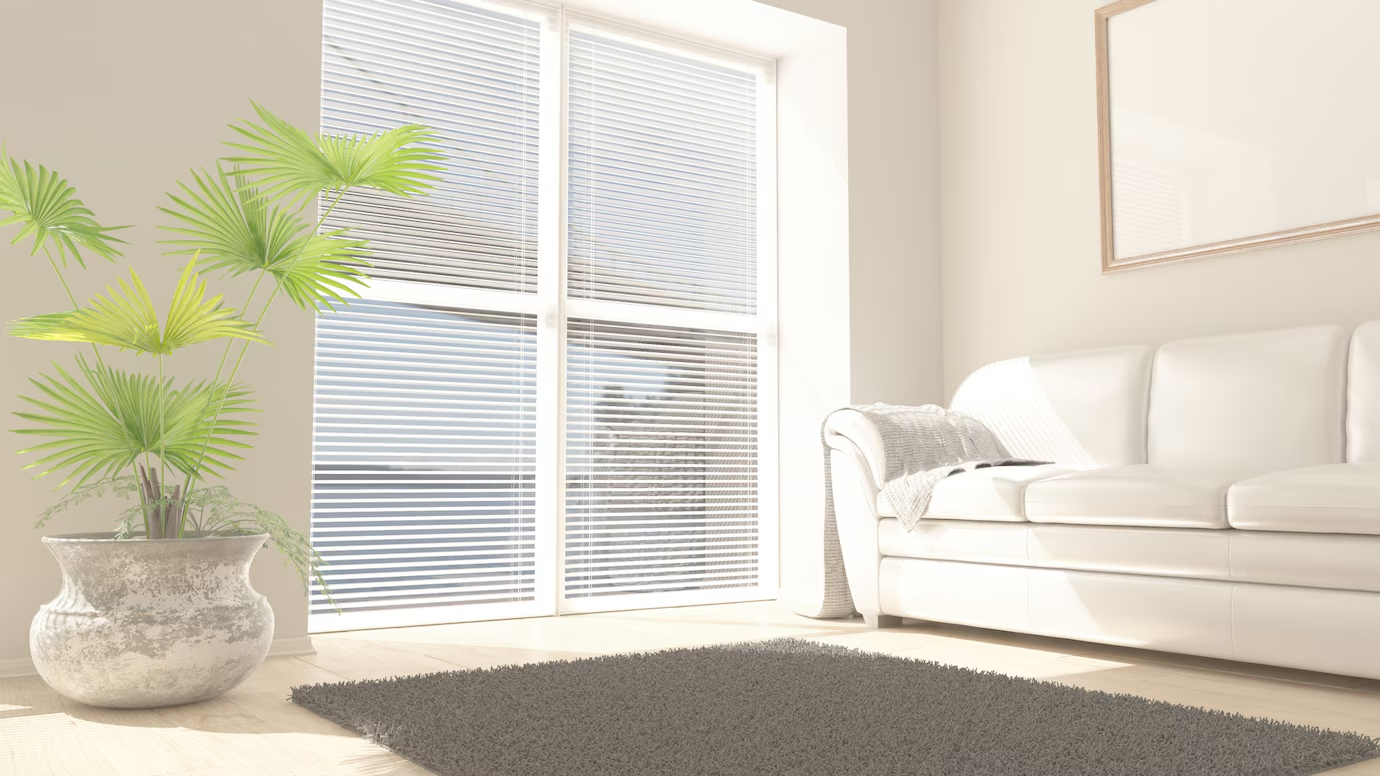
Types of Window Glass
The type of glass you choose matters a lot — it affects how energy efficient, safe, and good-looking your windows are.
Glass is one of the most important (and priciest) parts of a window. It helps keep your home comfortable, lowers energy bills, and can even stand up to rough weather. Here are some common glass options:
- Insulated Glass (IGUs): These have two or more panes of glass with gas in between (like argon) to help keep heat in or out.
- Low-E Glass: Has a super-thin coating that reflects heat but still lets light in. It helps with energy costs and protects furniture from fading.
- Safety Glass: Built to be tougher and, if it breaks, it breaks in a safer way.
- Tempered Glass: Breaks into small, blunt pieces instead of sharp shards — good for bathrooms or anywhere safety is a concern.
- Laminated Glass: Made by sticking two layers of glass together with plastic in between. If it breaks, it stays together — great for security and noise control.
-
Privacy Glass: Tinted, frosted, or patterned to block the view while still letting in light — perfect for bathrooms or street-facing windows.
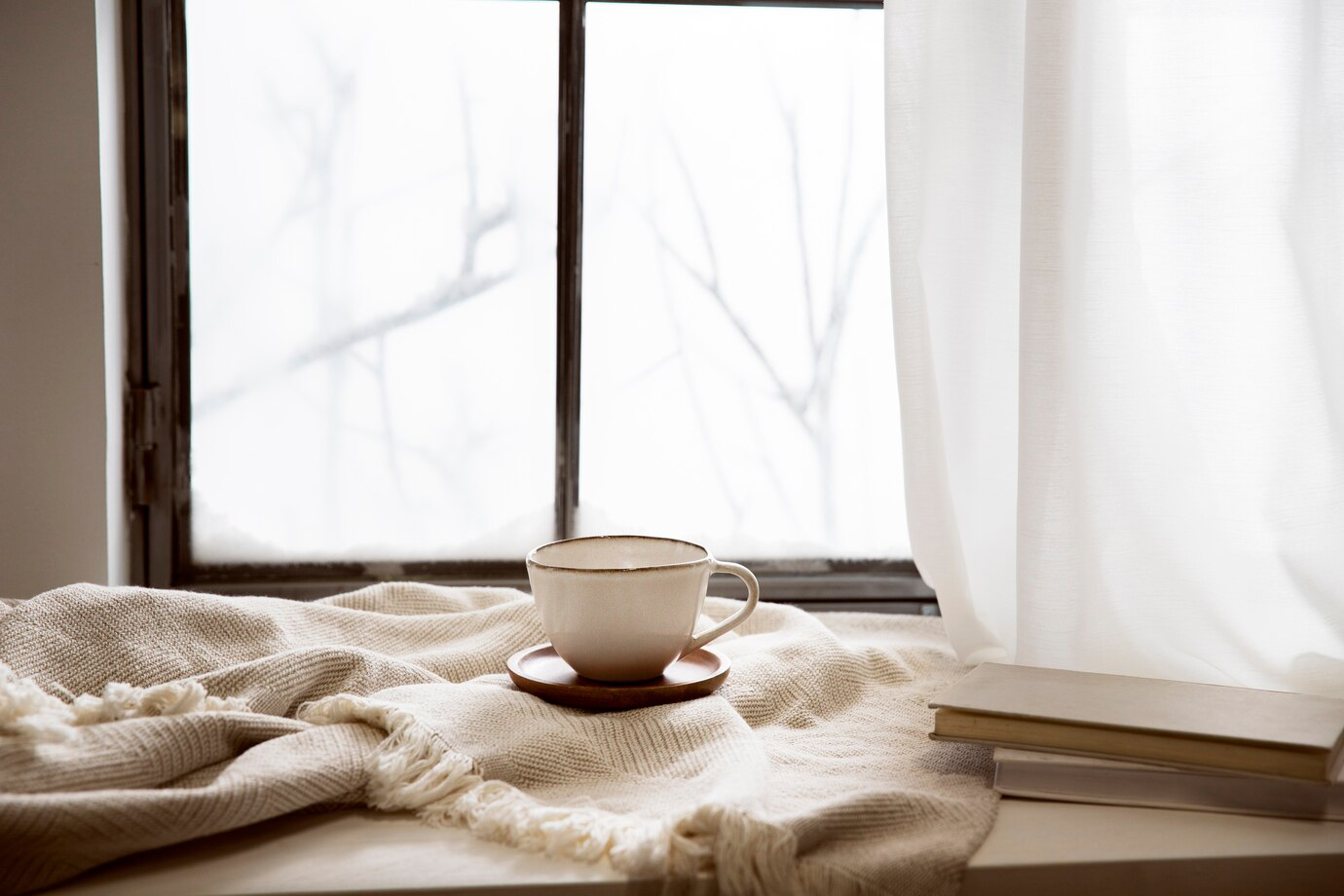
What Are Energy-Efficient Windows?
Energy-efficient windows help keep your home comfortable and your energy bills lower. They’re built to reduce heat loss in the winter and keep heat out in the summer — which also helps the environment.
These windows usually have two or three layers of glass (called double- or triple-pane), which add extra insulation.
Here are a few key features:
- Low-E Coating: A super-thin layer that reflects heat but still lets in light.
- Gas Fills: Argon or krypton gas between the panes helps block heat from getting in or out.
- ENERGY STAR Rated: This label means the window meets government standards for saving energy.
Frequently Asked Questions
What’s the Difference Between Single-, Double-, and Triple-Glazed Windows? +
Do triple-pane windows really save you money on energy bills? +
Average Window Replacement Costs
The cost of replacing a window varies widely based on several factors, including the window type, material, size, and location. On average, homeowners spend between $614 and $1,309 per window. As a general rule of thumb, the larger your window is, the more it will cost. Highly energy-efficient windows will also be more expensive, but that cost can be earned back over time with savings on utilities bills.
Which Window Brands Are Worth Considering?
The brand you choose matters because it usually tells you something about how well the window is made and how long it will last. Well-known brands tend to use better materials and offer solid warranties, so you're more likely to get good performance and support if something goes wrong.
Things to Consider When Choosing a Window Brand
- Variety: Pick a brand that gives you plenty of styles and materials to choose from.
- Energy Efficiency: Some brands focus more on making windows that help lower your energy bills.
- Cost vs. Quality: Higher-end brands like Andersen or Marvin cost more but are built to last. Others, like Pella or JELD-WEN, offer solid quality at a more affordable price.
Frequently Asked Questions
What are some of the best window brands in the U.S.? +
Do pricier brands offer better warranties? +
Basic Window Parts to Know
Knowing the parts of a window can make repairs or upgrades less confusing. Here's a quick breakdown of the key pieces:
- Frame: The outer structure that holds everything together. It’s usually made of vinyl, wood, aluminum, or fiberglass.
- Sash: The part that holds the glass and moves in windows like double-hung or casement styles.
- Glass (or Glazing): The clear part of the window. Many windows use insulated glass to help with energy efficiency.
- Hardware: The handles, locks, or cranks you use to open, close, or secure the window.
- Weatherstripping: Seals around the frame or sash to block drafts and help with insulation.
- Spacer: In double- or triple-pane windows, spacers keep the panes separated and hold the insulating gas in place.
What Are Standard Window Sizes?
Window sizes depend on the style, but most follow common home openings. For example:
- Single- & Double-Hung Windows: Usually 24–48 inches wide and 36–72 inches tall.
- Casement Windows: Often 16–24 inches wide and 32–72 inches tall.
- Picture Windows: Start around 36 inches wide and can go up to 96 inches or more.
How Size Affects Cost
Larger or custom-sized windows often cost more because they need extra materials and labor. Additionally, very large windows might require structural changes, which can increase the overall installation cost.
Importance of Measuring Accurately
Getting the measurements right means your new window will fit perfectly, so you won’t end up with drafts or a window that sticks. Be sure to measure width and height in three places—top, middle, and bottom—and always use the smallest numbers you get.
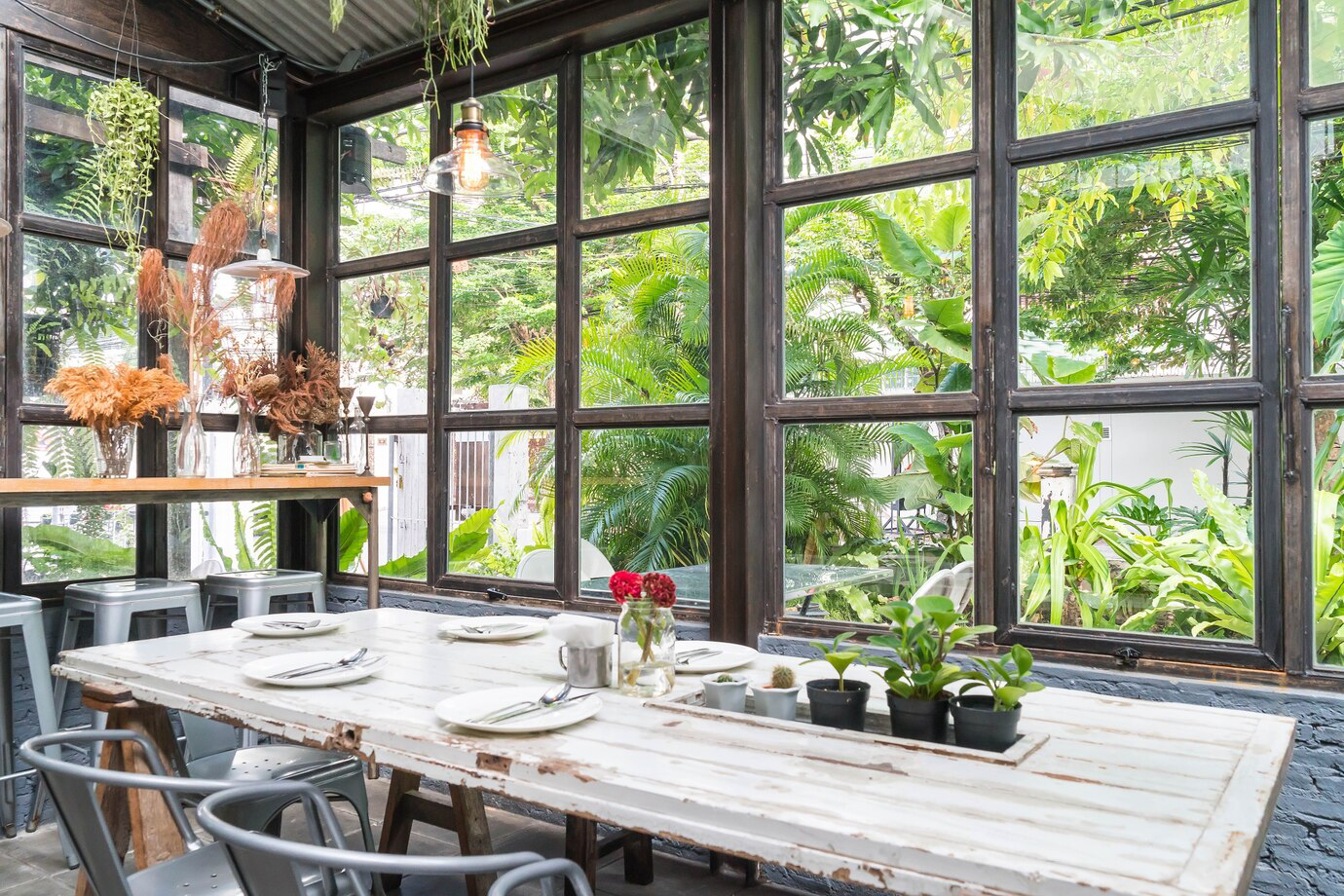
How to Select a Window Replacement Contractor
Choosing the right contractor is key to a smooth and successful window replacement. Look for the following when considering a contractor:
- Licensing and Insurance: Verify they are licensed and insured to safeguard against any potential issues.
- Experience: Inquire about their experience with similar projects and ask for references.
- Clear Estimates: Make sure the quote covers all costs, including labor, materials, cleanup, and any extra charges.
Questions to Ask Your Contractor
- What kind of warranty do you provide?
- Can you share examples of jobs you’ve completed?
- Are your installers factory-trained or certified?
Common Window Issues and Quick Fixes
Your windows can last for many years, but they might run into a few glitches along the way. Here are some frequent problems and simple solutions:
- Drafts: Seal any gaps with weatherstripping or caulk
- Foggy Panes: If you see moisture between the glass layers, you’ll need to replace the sealed unit or sash.
- Sticking Windows: Clean the tracks and apply a silicone-based lubricant to get them sliding smoothly again.
- Small Leaks: Check the frame for gaps or old sealant, then recaulk around the edges.
When to Seek Professional Help
- The glass is broken or cracked.
- There are signs of rotting or warping.
- Problems keep happening even after repairs.
Frequently Asked Questions
Can most window issues be fixed without a full replacement? +
How can I tell if my windows are leaking? +
Caring for Your Windows After Installation
Once your new windows are in, taking a little time for regular upkeep will keep them working smoothly for years:
- Gentle Cleaning: Wipe glass and frames with warm, soapy water—skip anything abrasive.
- Seal Check: Every year, look over the weatherstripping for cracks or gaps and replace as needed.
- Lubricate Moving Parts: Spray silicone lubricant on hinges, tracks, and locks to keep them gliding easily.
- Handle with Care: Avoid sharp tools or harsh chemicals around the glass and frame.
These simple steps will help protect your investment and extend the life of your windows.




























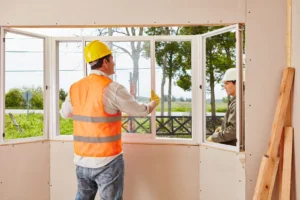



















 We have matching pros in your area!
We have matching pros in your area!